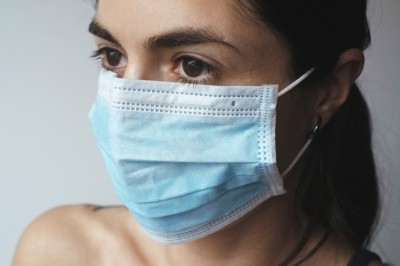Types of Orthotic Shoe Inserts and How They Can Help Your Excess Pronation
In general terms, there are three different kinds of orthotics to think about when you are about to make a crucial decision for your feet. Each of these types of devices has varying characteristics, and are used depending on your particular condition.:
1) Customized (rigid) arch supports: These orthotics are for people with serious biomechanical disorders that are more intense than the common degree of over-pronation that a lot of us suffer from. Custom-made, rigid orthotics can only be created by a podiatrist. For example, some people suffer from supination, which is the opposite to pronation. Their feet roll outwards or supinate, and the arch remains high and firm when contacting the ground. This condition is known as a cavus foot or high-arched foot, and only affects 5% of people. Supinators will require a custom-made orthotic that deals with this type of malfunction. Additionally, people with very large bunions, foot ulcers, foot deformities or totally flat feet should see a foot specialist. After first diagnosis of flat feet, or any of the above mentioned conditions, the podiatrist will select the proper custom-made prescription orthotic. Then, a plaster cast with a negative impression of the persons feet is created, and this cast is then shipped to an a special laboratory for manufacturing orthotics. Using this cast, a positive cast is formed by pouring plaster into the negative mold. The result is a precise reproduction of the base of the foot. From this sample, the orthotic technician (orthotist) will produce a custom-made orthotic, making the required adjustments, as requested by the podiatrist. The result is a rigid (or semi-rigid) orthotic device. Although these devices are biomechanically correct, many patients find it very challenging getting used to them them.
2) Heat-moldable arch supports: Heat-moldable arch supports are a cheaper substitute to the expensive custom-made arch supports, which can cost hundreds of dollars per pair. They are a standard, prefabricated, pliable apparatus made of medium-firm density E.V.A. material. The apparatus then can be warmed to slightly change its form. At times wedges are added for a more customized feel. Heat-moldable insoles cost around $100 to $140 and are much easier to get used to than custom-made stiff orthotics.
3) Off-the-shelf Orthotic Inserts: Off-the-shelf arch supports are a soft-medium density insole, found at , online from specialized e-commerce sites, and also from some physiotherapists and chiropractors. People will get used to these orthotics almost immediately, and the cost ranges from $30 to $50 per pair. Research proves that for 80 percent of people suffering from excessive pronation, an off-the-shelf orthotic will give sufficient a few days of wear, these types of orthotics will adapt to the wearers foot shape, because of their body weight and body heat. Most pre-made orthotics are made of EVA, a supple but firm material that holds up the foot without damaging the arches. Children and the elderly will mainly benefit from a softer type of orthotic, since they tend to be less tolerant of anything stiff below the foot.
It is always a intelligent choice to get the recommendation of a professional before making this type of decision. You must be sure you are making the best decision for your particular condition.
About the Author:
The researchers at Footminders understand that by restoring normal foot function, you can regain your natural body balance. They have developed unique orthotics for restoring normal foot function. Footminders orthotics also prevent many common foot pain problems. You can find more information and treatment for many types of foot pain at www.footminders.com.




















